Restoration at the expense of the Armed Forces of Ukraine
Kyiv • UNN
Last year, Ukraine spent more than 50 billion hryvnias to protect its energy infrastructure, while only 1.2 billion hryvnias were allocated for the construction of fortifications for the Armed Forces, which led to a weakening of defense and loss of territory.

Last year, officials spent more than 50 billion hryvnias to protect Ukraine's energy sector, while only 1.2 billion hryvnias were spent on frontline fortifications. As a result, Ukraine was left without fortified positions at the front and without a third of the energy sector in the rear.
With the approval of the new US aid package, the main issue is the effectiveness of the use of funds. The military perceives this decision as a long-awaited resumption of arms and ammunition supplies. But for high-ranking civilian officials, American money is a prime time for new mega-projects. It seems that the state currently has two measurement systems: one in shells and missiles, the other in billions of hryvnias for "restoration."
The Ministry of Reconstruction together with Ekonomichna Pravda announced the conference "Rebuilding Ukraine. Why it should not be postponed until victory". The announcement specifies a specific figure for "recovery" needs - $148 billion. It explains that "the country already needs support for projects to restore energy, housing, critical and social infrastructure, basic services for the most vulnerable, and demining." The event will be opened by Oleksandr Kubrakov, Deputy Prime Minister for Recovery, Minister of Community Development, Territories and Infrastructure.
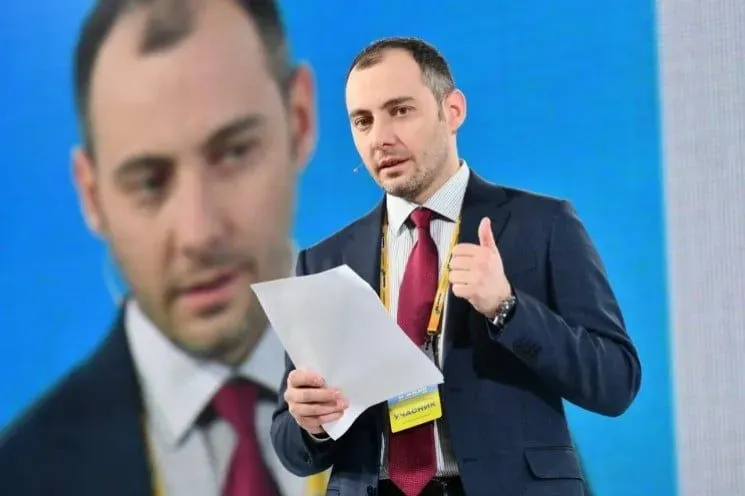
The program of the event does not mention the construction of fortifications for the Armed Forces, although this is the area of responsibility of the Deputy Prime Minister and his ministry. Among the speakers at the conference, there is not a single military officer or representative of the Defense Ministry. It seems that the opinion of the military is once again not a priority for spending planning. However, without successes on the frontline, recovery does not make much sense. This has been proven by this year's Russian attacks, which left Ukraine without 7 gigawatts of power generation capacity and without the number of power substations that have been installed so far.
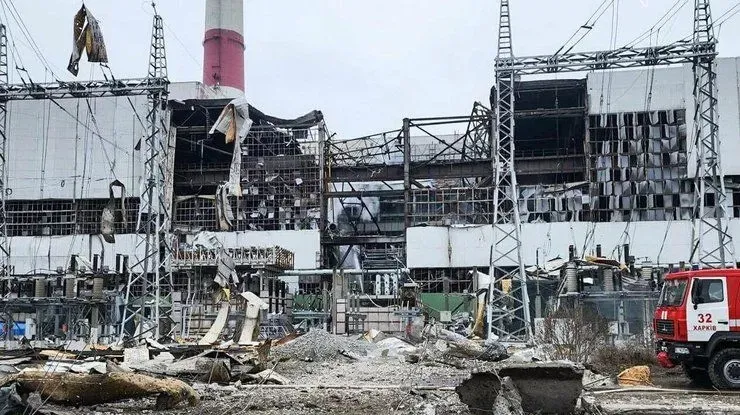
The large losses in the energy sector occurred despite the fact that in 2023 the Ministry of Recovery, together with the Recovery Agency and Ukrenergo, spent at least UAH 50 billion to protect energy infrastructure facilities. Russian missiles and drones "did not notice" the three-stage defense, two stages of which have already been implemented, and officials have requested additional funding for the last stage. After the destruction of the Trypillia hydroelectric power plant, Kharkiv thermal power plant, Dniproges and other facilities with a total capacity of 7 GW , Oleksandr Kubrakov and Mustafa Nayyem simultaneously stated that only air defense can effectively protect the energy infrastructure.
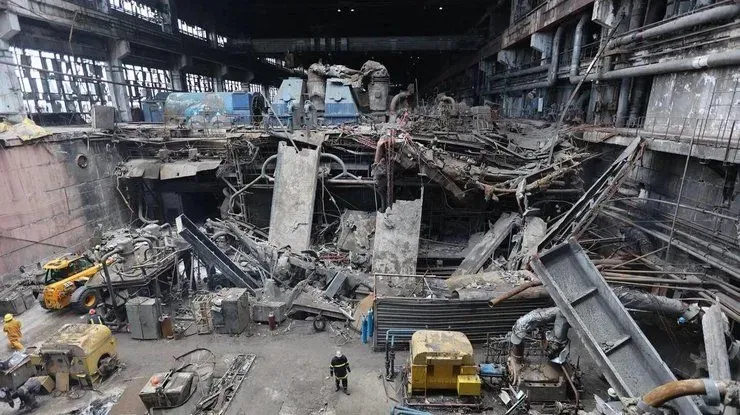
So why did both officials spend 50 billion hryvnias, human resources, construction materials, and precious time on building something that cannot protect the energy sector? Wouldn't it have been more honest to buy air defense systems right away? 50 billion hryvnias is a decent amount of money to enter the global market and buy air defense systems available there. For example, the cost of one Petriot battery at last year's exchange rate was about UAH 38 billion, and the cost of one Cheetah anti-aircraft system was UAH 80 million.
On the other hand, if 50 billion hryvnias and construction resources were immediately allocated to the construction of concrete fortifications for the Ukrainian Armed Forces, it would save many lives and kilometers of territory. Instead, the level of spending on fortifications last year was ten times less than on the "protection" of energy facilities. In early 2023, in March, the Cabinet of Ministers allocated one billion hryvnias. Later, in the summer of 2023, Kharkiv and Chernihiv regions received another 1.2 billion hryvnias for the construction of fortifications. According to Censor.Net's estimates, the total expenditures are less than Russia spent on defenses in the Belgorod region alone.
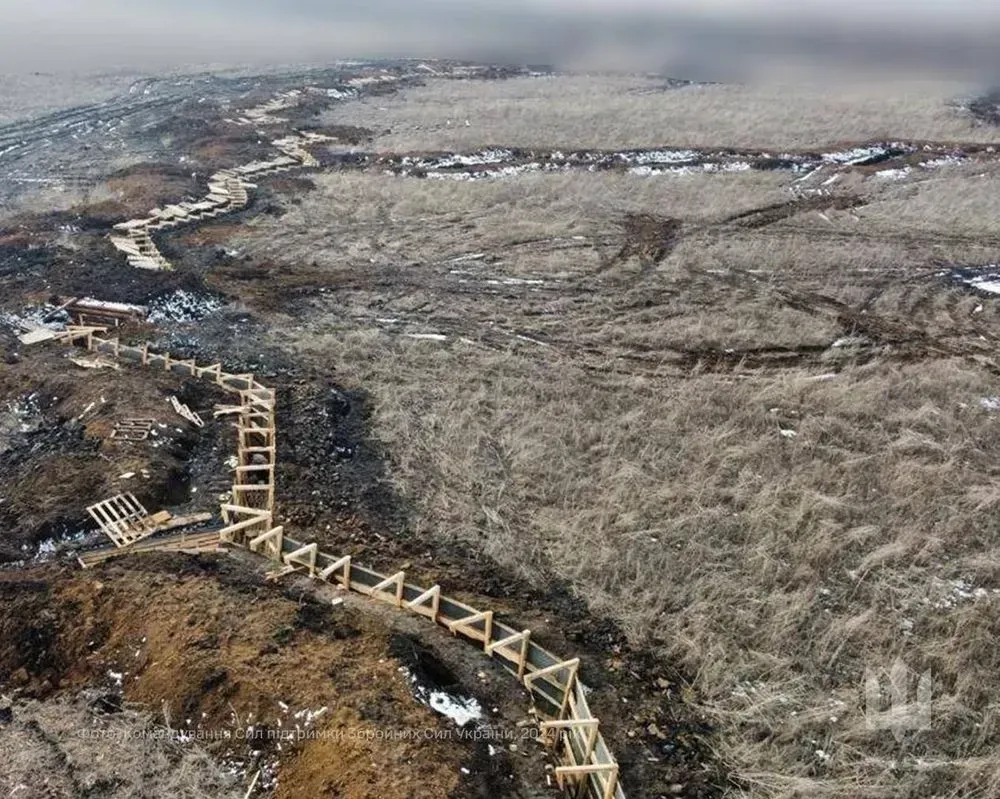
The need for large-scale construction of such facilities has been and remains critical. Both at the beginning of the war and now, the vast majority of structures are built by soldiers. From earth, wood and scrap materials. "Starting from the line 1. Novozvanivka-Troyitske. 2. Vozdvizhenka Krynychne in the direction of Vyskryv 3. near the village of Rota.... These are the lines and strongholds that my guys dug manually. The shovels, crowbars, etc. are what the volunteers brought and bought at their own expense... one shovel for four diggers," blogger and officer Ihor Lapin wrote on June 7, 2023.
The campaign to build fortifications started only in November with a presidential order. This year, according to the head of government, about 30 billion has been allocated, which is still half of last year's spending on the protection of energy facilities.
The Russian offensive on Avdiivka began in October. The Ukrainian Armed Forces left the city in February. So we had three months to build. There were many loud statements and public discussions about the construction of fortifications. The New York Times put an end to them with a story about Ukraine's "surprisingly weak" defenses west of Avdiivka. The article cited satellite images of Ukrainian fortifications, which were characterized as "sparse" and "rudimentary." The publication noted the concern of US officials about the unpreparedness of Ukrainian defense lines and called it one of the reasons for the Russian advance to the West.
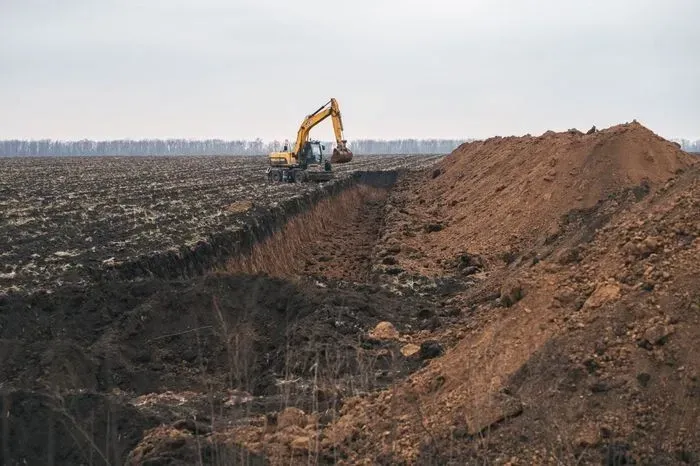
In its turn, the Wall Street Journal, analyzing the Ukrainian Armed Forces' retreat from Avdiivka, noted that "with each Russian offensive, Ukraine's defense forces must retreat to often ill-prepared positions". The publication quoted the deputy commander of the 3rd Assault Brigade of the Ukrainian Armed Forces, Maksym Zhorin, who stated that "we have to dig, dig in and build ourselves.
It is surprising that Avtostrada, Ukraine's largest infrastructure construction company, was not involved in the construction of field fortifications. "...as for the fortifications, it is interesting that the company, which is the market leader, was not involved in the work, the result is that everyone can see the implementation of the President's program for the construction of fortifications," wrote on his Facebook page, the owner of the company, Maxim Shkil.